Lilly Price, USA TODAY Published 5:53 a.m. ET May 2, 2019
You might want to think twice before eating fried or leftover rice, health experts say.
That’s because some types of dry food, including rice and pasta, contain a bacterium called Bacillus cereus that produces a toxin when heated and left out too long, according to the Centers for Disease Control and Prevention.
That toxin can make you very sick.
“Fried rice is definitely one of most common food vehicles for B. cereus,” said Dr. Sam Crowe, an epidemiologist at the CDC.
Fried rice is often associated with outbreaks of B. cereus because of the way it’s prepared, Crowe said. If a large quantity of rice made at a restaurant or home is left out to cool for several hours, the bacteria (which looks like spores) can germinate. The then-cooled contaminated rice is later fried in a pan with other ingredients, usually at a temperature that’s not sufficiently hot enough to destroy the toxin.
Once eaten, either the germinated spores or the toxin it produced can cause vomiting or diarrhea.
The key to preventing these illnesses is to keep the bacteria from multiplying after the food has been cooked. To rapidly cool leftover rice, Crowe recommends storing it in small, shallow containers.
More: More than 56 tons of ground beef recalled in E. coli outbreak, now spanning 10 states
More: Baby cough syrup sold at Dollar General recalled after harmful bacteria discovered
What’s the worst that could happen?
B. cereus is a pathogen that causes two kinds of illness. If large amounts of the toxin is consumed, it will cause a vomiting sickness 30 minutes to six hours after consumption, according to the CDC. If the stimulated spores themselves are consumed and germinate in the intestines it will cause diarrhea up to 16 hours after ingestion.
Both vomiting and diarrhea illnesses run for roughly 24 hours.
For typical food poisoning, rest and rehydration are the best way to treat the illness. If someone becomes dehydrated and can’t replace fluids quickly enough, they should seek medical care, Crowe advises. Those who become ill and are concerned they’re not getting better in 12 to 24 hours should also see a health care provider.
Vomiting disease is sometimes associated with liver failure, according to Crowe.
“The toxin attacks the liver and causes a pretty serious condition, which can cause the liver to stop working,” Crowe said. “It’s rare, though.”
More: Hand dryers suck in fecal bacteria and blow it all over your hands, study finds
More: When medicine makes you sick: How tainted drugs can elude FDA inspections
How to avoid getting food poisoning from rice
Rice risks turning bad during the cooling process. After boiling rice, it needs to be kept really hot or cooled off quickly. The “danger zone” for bacteria growth is in temperatures between 40 degrees and 140 degrees Fahrenheit, according to the CDC.
Here’s how to prevent food poisoning from reheating or eating leftover rice:
- Do fry and eat the rice or refrigerate leftover rice within two hours after boiling.
- Don’t just put a big pot of rice in the fridge. When properly storing leftover rice, the key is not the material but the size, according to Crowe.
- Do divide large amounts of food into shallow containers so it can cool quickly and prevent bacteria growth.
- Don’t leave boiled rice out overnight.
- Do seek medical care if symptoms of foodborne illness persist over 24 hours.
So, is it safe to reheat and eat rice that’s a couple of days old?
Yes, it is fine to eat leftover rice for several days after it was initially cooked. Just make sure it was stored properly and wasn’t kept in room temperature for a long time.
“Spores are present in food. This isn’t a concern. Unless the spores can germinate and multiply to infectious levels,” said Vijay Juneja, a lead scientist at USDA Agricultural Research Service.
It’s also important to reheat the rice properly at high heat, according to Juneja. Reheating rice poorly can stimulate the spores and cause them to germinate.
“Reheat the leftovers to a high temperature so that any spore growth that has occurred while sitting on the dining table … are destroyed,” Juneja said. “It’s OK to eat for several days if it’s stored correctly.”
Follow Lilly Price on Twitter @lillianmprice
Read or Share this story: https://www.usatoday.com/story/news/nation/2019/05/02/fried-rice-syndrome-how-leftover-rice-food-poisoning/3555725002/
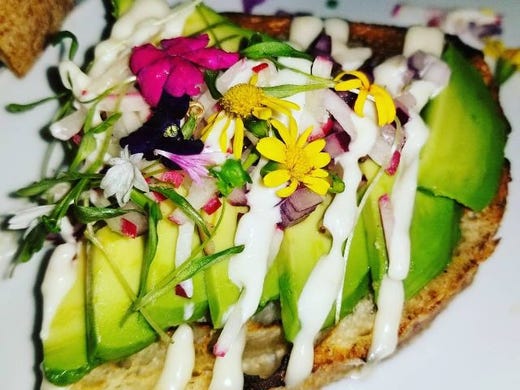

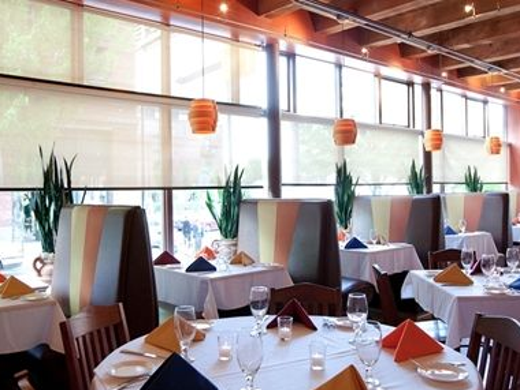
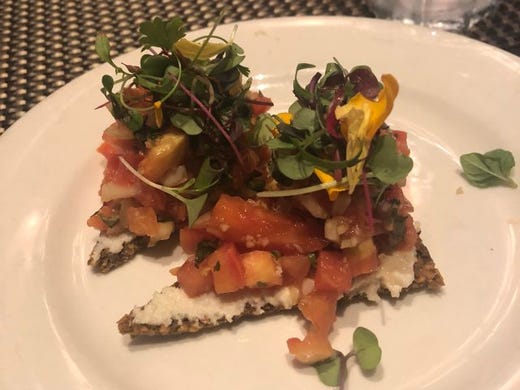
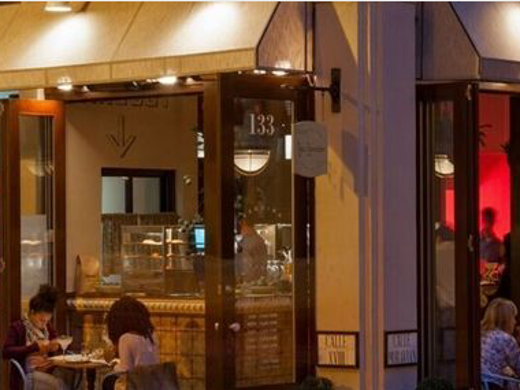



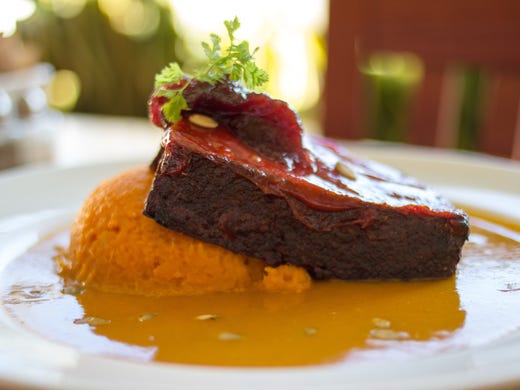
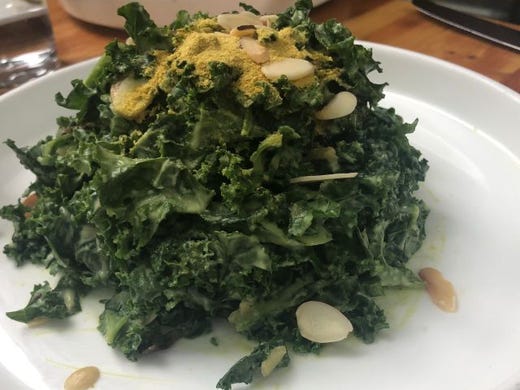


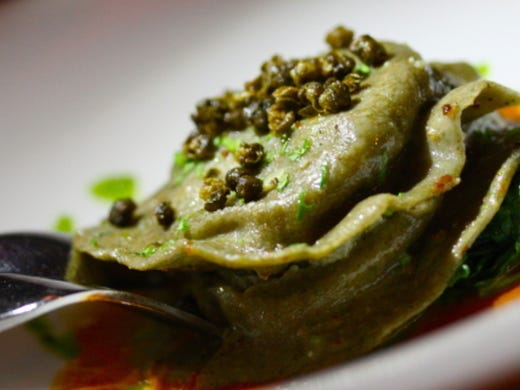



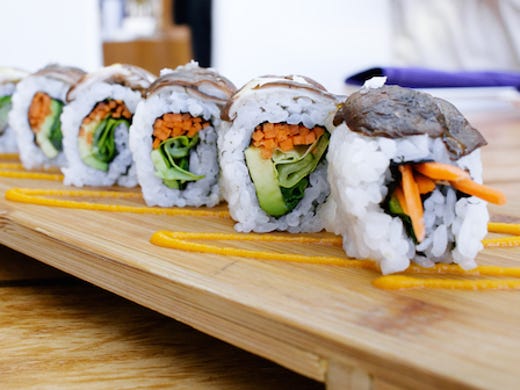
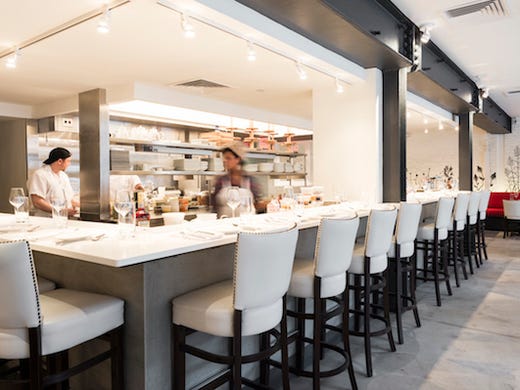
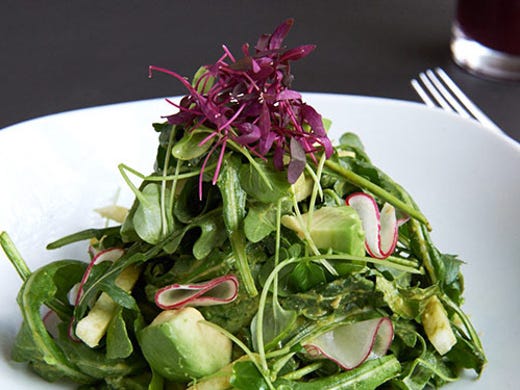
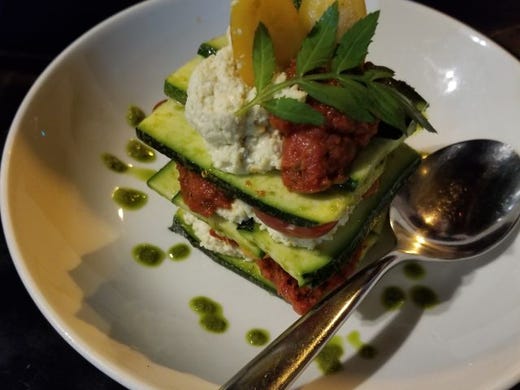
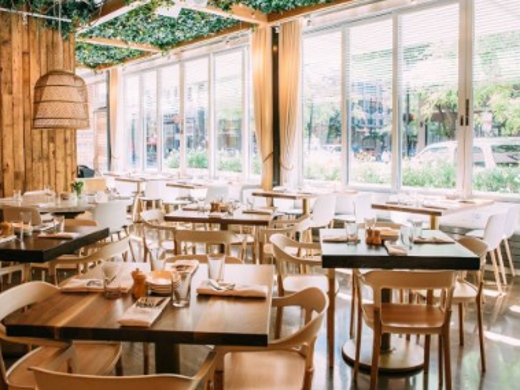
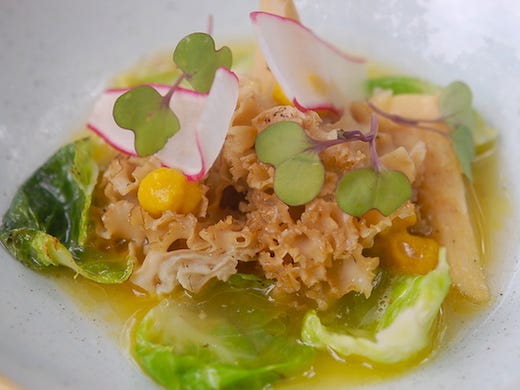
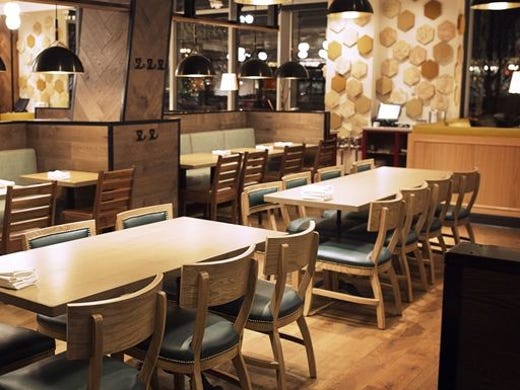




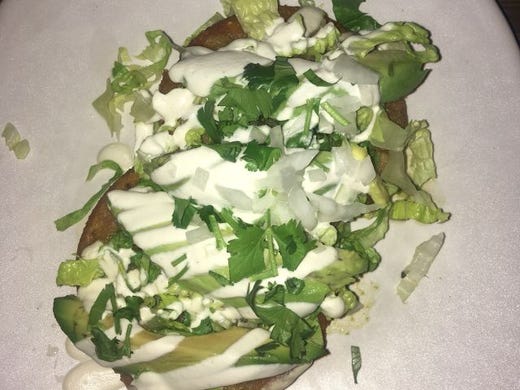
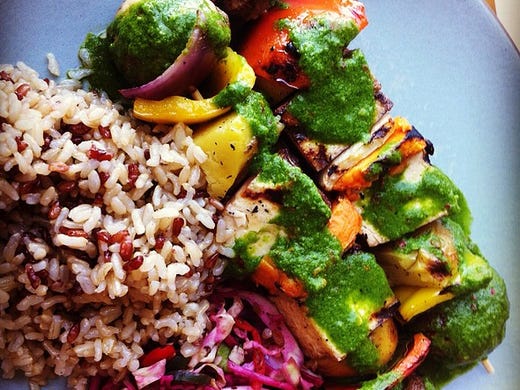
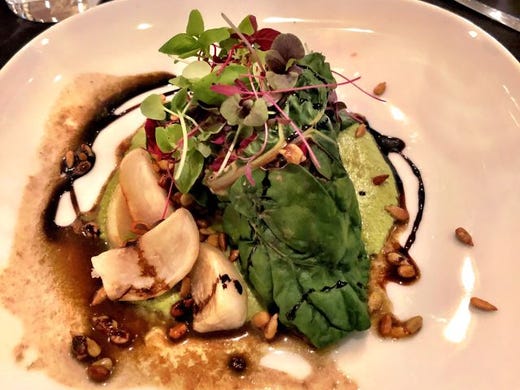
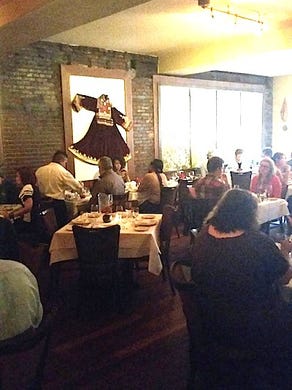
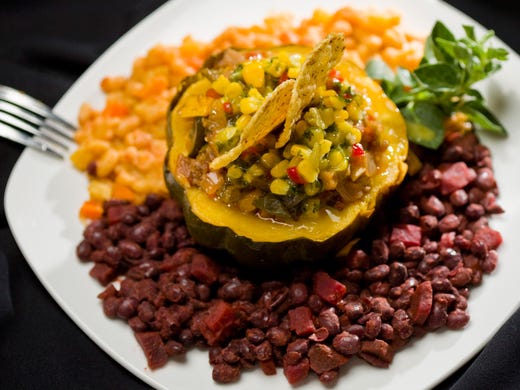

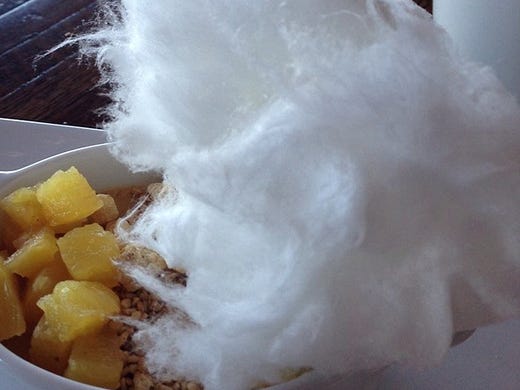
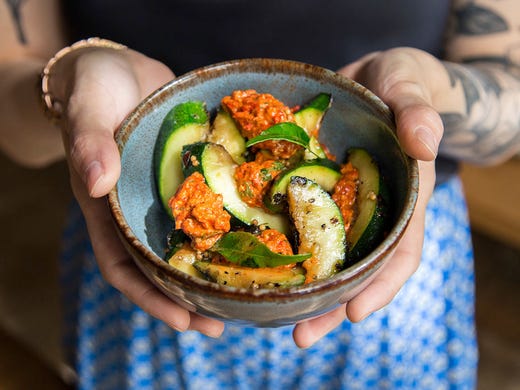
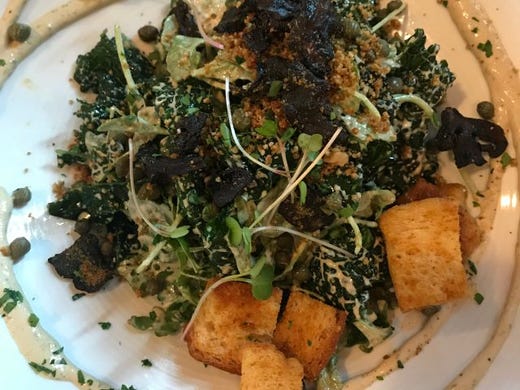
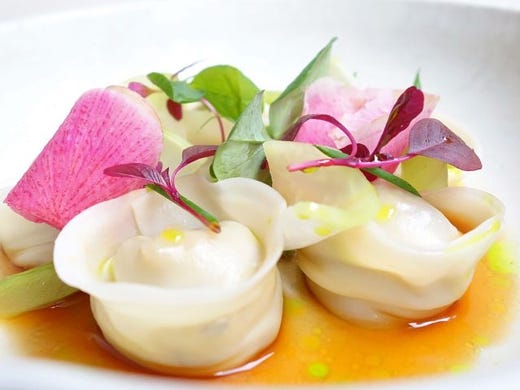



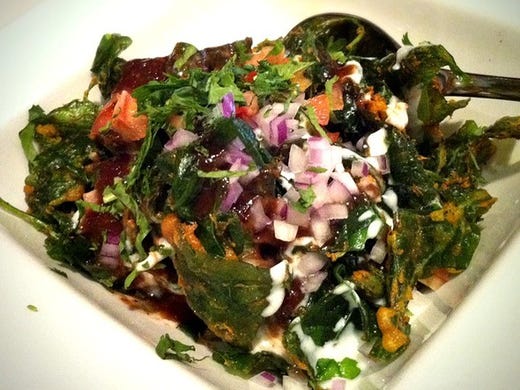
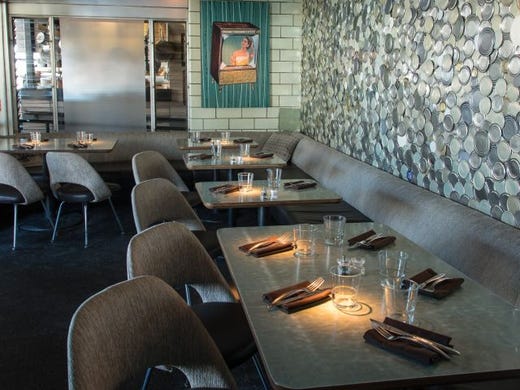
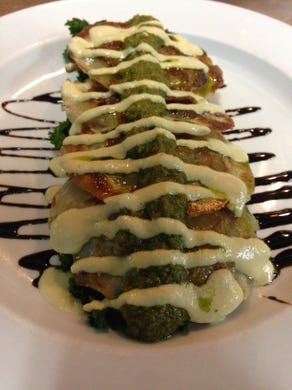

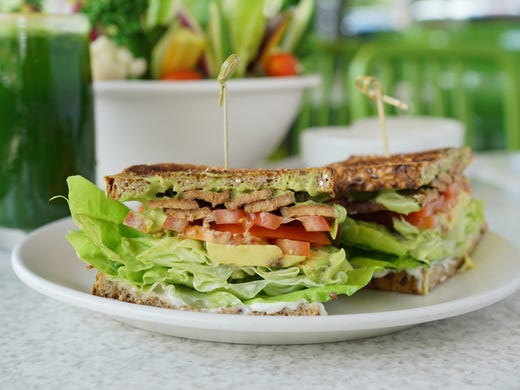


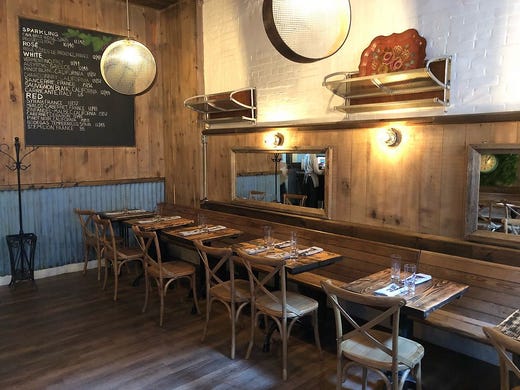

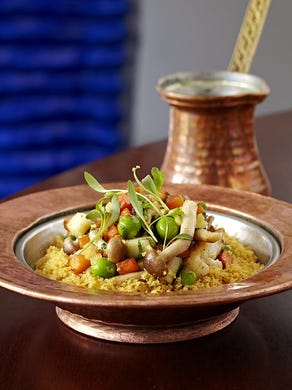
 1 of 50
1 of 50 2 of 50
2 of 50 3 of 50
3 of 50 4 of 50
4 of 50 5 of 50
5 of 50 6 of 50
6 of 50 7 of 50
7 of 50 8 of 50
8 of 50 9 of 50
9 of 50 10 of 50
10 of 50 11 of 50
11 of 50 12 of 50
12 of 50 13 of 50
13 of 50 14 of 50
14 of 50 15 of 50
15 of 50 16 of 50
16 of 50 17 of 50
17 of 50 18 of 50
18 of 50 19 of 50
19 of 50 20 of 50
20 of 50 21 of 50
21 of 50 22 of 50
22 of 50 23 of 50
23 of 50 24 of 50
24 of 50 25 of 50
25 of 50 26 of 50
26 of 50 27 of 50
27 of 50 28 of 50
28 of 50 29 of 50
29 of 50 30 of 50
30 of 50 31 of 50
31 of 50 32 of 50
32 of 50 33 of 50
33 of 50 34 of 50
34 of 50 35 of 50
35 of 50 36 of 50
36 of 50 37 of 50
37 of 50 38 of 50
38 of 50 39 of 50
39 of 50 40 of 50
40 of 50 41 of 50
41 of 50 42 of 50
42 of 50 43 of 50
43 of 50 44 of 50
44 of 50 45 of 50
45 of 50 46 of 50
46 of 50 47 of 50
47 of 50 48 of 50
48 of 50 49 of 50
49 of 50 50 of 50
50 of 50